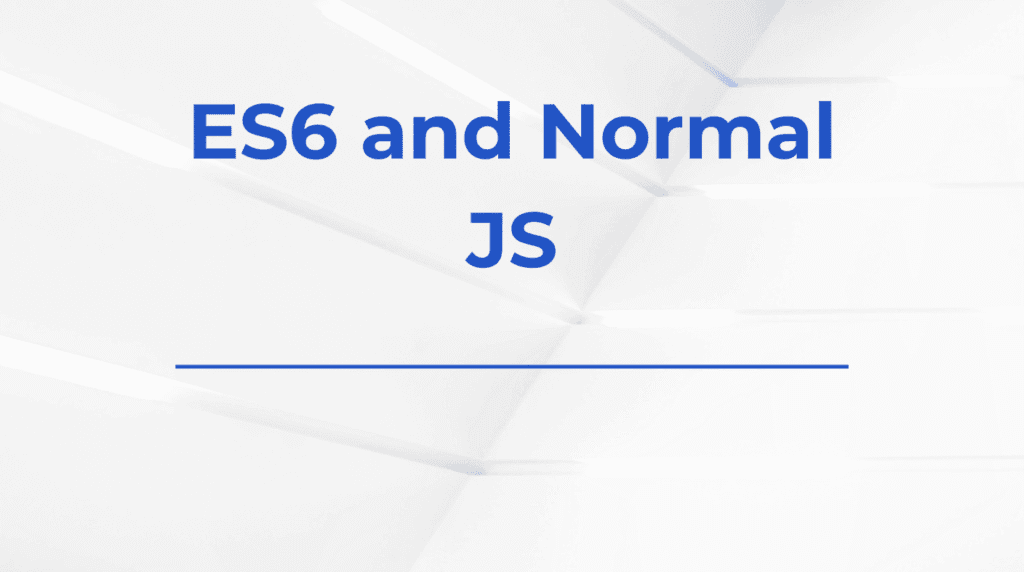The challenge of building full-stack applications efficiently often lies in integrating multiple technologies smoothly. Backends can become a bottleneck if not aligned with frontend logic, and switching between programming languages across the stack slows down development speed. The demand for rapid, scalable, and maintainable web applications continues to grow, and developers often seek a stack that ensures seamless interaction between client and server. This is exactly where the MERN stack enters — not as just another buzzword, but as a workflow that many developers, including myself, find refreshingly coherent.
Single Language Flow
One of the most immediate advantages of the MERN stack is its use of JavaScript across the board. From the database layer to the frontend, there’s no context switching. This might sound trivial, but when maintaining or debugging code, it removes friction that usually comes from jumping between languages like PHP, Ruby, and Python in a typical LAMP or MEAN setup.
MERN stands for:
| Layer | Technology |
|---|---|
| Frontend | React |
| Backend | Node.js |
| Runtime | Express.js |
| Database | MongoDB |
Each of these technologies offers independence and power, but what truly shines is how tightly they complement each other.
Component-Based Frontend
React’s component-based architecture is an ideal match for modular design. With reusability baked in, building user interfaces becomes cleaner and more maintainable over time. But the real magic starts when the frontend begins talking to the backend, and here, React’s flexibility allows effortless integration with custom APIs built in Express.
This simplicity was something I truly appreciated while developing React-based quizzes and dashboards. Every API call felt intuitive, especially using fetch or axios within components, and having everything in JavaScript meant better type inference, easier debugging, and faster iteration.
RESTful with Express
Express.js, running on Node.js, serves as the controller layer in MERN. It provides routing and middleware capabilities that are both minimal and extensible. This minimalism isn’t limiting — it’s liberating. Routes can be composed in a readable and predictable way. Middleware like JWT authentication, CORS, or even error handling can be introduced without diving into complicated conventions.
When building apps that require authentication or API rate limiting, Express allows you to weave in such features with clarity. There’s less boilerplate and more room for clean logic. In one project, Express let me manage user roles and middleware logic in fewer than 100 lines of readable code.
Schema-Free Data Layer
MongoDB, with its JSON-like documents, meshes naturally with JavaScript. There’s no need to transform data formats between layers. What you get from the database is already in a familiar structure. This proved especially handy in applications with dynamic data shapes — such as form builders or content blocks — where relational tables would otherwise require painful joins or restructuring.
Consider a scenario where product entries might or might not include a discount field or seasonal tags. MongoDB handles such variance elegantly. For traditional SQL, you’d likely have to restructure your schema or compromise data clarity.
Real-Time Potential
The full-stack JavaScript environment that MERN offers makes it exceptionally easy to incorporate real-time features. Using WebSockets or libraries like Socket.IO on top of Node.js, I’ve added live notifications and updates to admin dashboards without having to rewrite logic in another language or translate data across systems.
This coherence between front and back also extends to error handling and data validation. With shared utility functions and validation schemas using libraries like Joi or Zod, you don’t just write once — you share and reuse without sacrificing accuracy.
Development Speed
Rapid prototyping is another strength of MERN. Setting up a basic CRUD application can take less than an hour. Tools like MongoDB Compass speed up schema visualization, while Express boilerplates and React starter kits provide foundational blocks. The developer ecosystem around each tool is vast, and community solutions are often just a GitHub search away.
When I worked on a file conversion app like Image to Base64 tool, MERN helped deliver a functioning MVP in record time. MongoDB stored recent conversions for reuse, Express exposed clean APIs, and React provided an elegant UI. All connected smoothly.
Challenges to Consider
Despite the benefits, the MERN stack does come with some challenges:
- Lack of strong typing: Unless TypeScript is added, debugging runtime issues can get messy.
- Schema management: While flexible, MongoDB’s lack of enforced schema can lead to inconsistent data if validation is not handled properly at the app level.
- SEO limitations: Client-side rendering with React can harm SEO unless server-side rendering (SSR) or static generation is implemented using tools like Next.js.
Final Thoughts
MERN is not a one-size-fits-all solution, but it remains an excellent choice for projects that prioritize speed, scalability, and unified development. Its JavaScript-only environment fosters fast collaboration, particularly in teams where frontend and backend boundaries are blurred. For developers already well-versed in JS, the learning curve is gentle, and the stack opens up a wide range of project opportunities — from CMSs and dashboards to dynamic utilities like sorting algorithms or custom quizzes.
By adopting MERN, the focus shifts from juggling tools to crafting experiences. That focus is what makes development feel less like assembly and more like creation.









